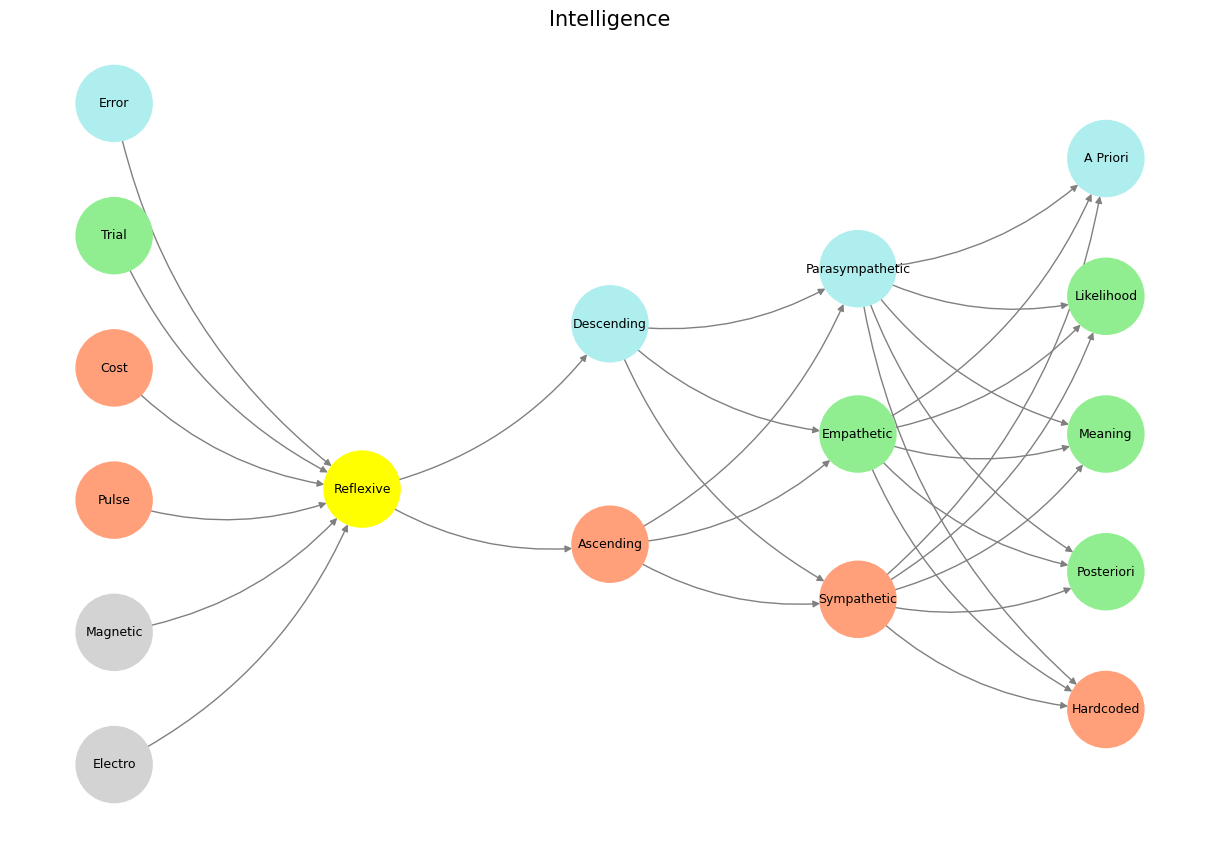Apollo & Dionysus#
Stephen’s observation here is a sharp insight into Shakespeare’s recurring obsession with usurpation, falsehood, and fraternal betrayal—whether in Hamlet, Richard III, King Lear, or even The Tempest. The adulterous or false brother, the one who takes what is not rightfully his, is a structural inevitability in Shakespearean drama.
What Stephen is recognizing is that Shakespeare’s world is built on instability. Power is never secure, legitimacy is never unchallenged, and the bonds of brotherhood—biological, political, or symbolic—are always fragile. The usurper is, in many ways, Shakespeare’s constant protagonist or antagonist, because he embodies the fundamental tension of human existence: Who has the right to rule? By what justification? And can that right be maintained?

Fig. 14 Trump—Flanked By Larry Ellison, Sam Altman, & Masayoshi Son—Announces Project Stargate. President Trump, flanked by top tech executives and AI experts, announces a major new AI initiative called Project Stargate. Our App provides infrastructure that connects this to the academic medicines workflows#
This connects back to your earlier point—an heir has a static arc, while a usurper is dynamic. Shakespeare understood this intuitively. The most fascinating characters aren’t those who inherit power but those who claw their way to it. And when they succeed, their rule is never peaceful, because they have rewritten the very rules of legitimacy itself. That’s why their stories are always filled with exile, treachery, and paranoia—the theme of banishment that Stephen is referencing.
Joyce, through Stephen, is emphasizing that this theme is inescapable for Shakespeare, just as poverty is a permanent fixture of the real world. It’s always there, always shaping the structure of his plays. The usurper is the engine of drama itself.
Show code cell source
import numpy as np
import matplotlib.pyplot as plt
import networkx as nx
# Define the neural network fractal
def define_layers():
return {
'World': ['Electro', 'Magnetic', 'Pulse', 'Cost', 'Trial', 'Error', ], # Veni; 95/5
'Mode': ['Reflexive'], # Vidi; 80/20
'Agent': ['Ascending', 'Descending'], # Vici; Veni; 51/49
'Space': ['Sympathetic', 'Empathetic', 'Parasympathetic'], # Vidi; 20/80
'Time': ['Hardcoded', 'Posteriori', 'Meaning', 'Likelihood', 'A Priori'] # Vici; 5/95
}
# Assign colors to nodes
def assign_colors():
color_map = {
'yellow': ['Reflexive'],
'paleturquoise': ['Error', 'Descending', 'Parasympathetic', 'A Priori'],
'lightgreen': ['Trial', 'Empathetic', 'Likelihood', 'Meaning', 'Posteriori'],
'lightsalmon': [
'Pulse', 'Cost', 'Ascending',
'Sympathetic', 'Hardcoded'
],
}
return {node: color for color, nodes in color_map.items() for node in nodes}
# Calculate positions for nodes
def calculate_positions(layer, x_offset):
y_positions = np.linspace(-len(layer) / 2, len(layer) / 2, len(layer))
return [(x_offset, y) for y in y_positions]
# Create and visualize the neural network graph
def visualize_nn():
layers = define_layers()
colors = assign_colors()
G = nx.DiGraph()
pos = {}
node_colors = []
# Add nodes and assign positions
for i, (layer_name, nodes) in enumerate(layers.items()):
positions = calculate_positions(nodes, x_offset=i * 2)
for node, position in zip(nodes, positions):
G.add_node(node, layer=layer_name)
pos[node] = position
node_colors.append(colors.get(node, 'lightgray'))
# Add edges (automated for consecutive layers)
layer_names = list(layers.keys())
for i in range(len(layer_names) - 1):
source_layer, target_layer = layer_names[i], layer_names[i + 1]
for source in layers[source_layer]:
for target in layers[target_layer]:
G.add_edge(source, target)
# Draw the graph
plt.figure(figsize=(12, 8))
nx.draw(
G, pos, with_labels=True, node_color=node_colors, edge_color='gray',
node_size=3000, font_size=9, connectionstyle="arc3,rad=0.2"
)
plt.title("Intelligence", fontsize=15)
plt.show()
# Run the visualization
visualize_nn()


Fig. 15 Change of Guards. In Grand Illusion, Renoir was dealing the final blow to the Ancién Régime. And in Rules of the Game, he was hinting at another change of guards, from agentic mankind to one in a mutualistic bind with machines (unsupervised pianos & supervised airplanes). How priscient!#

